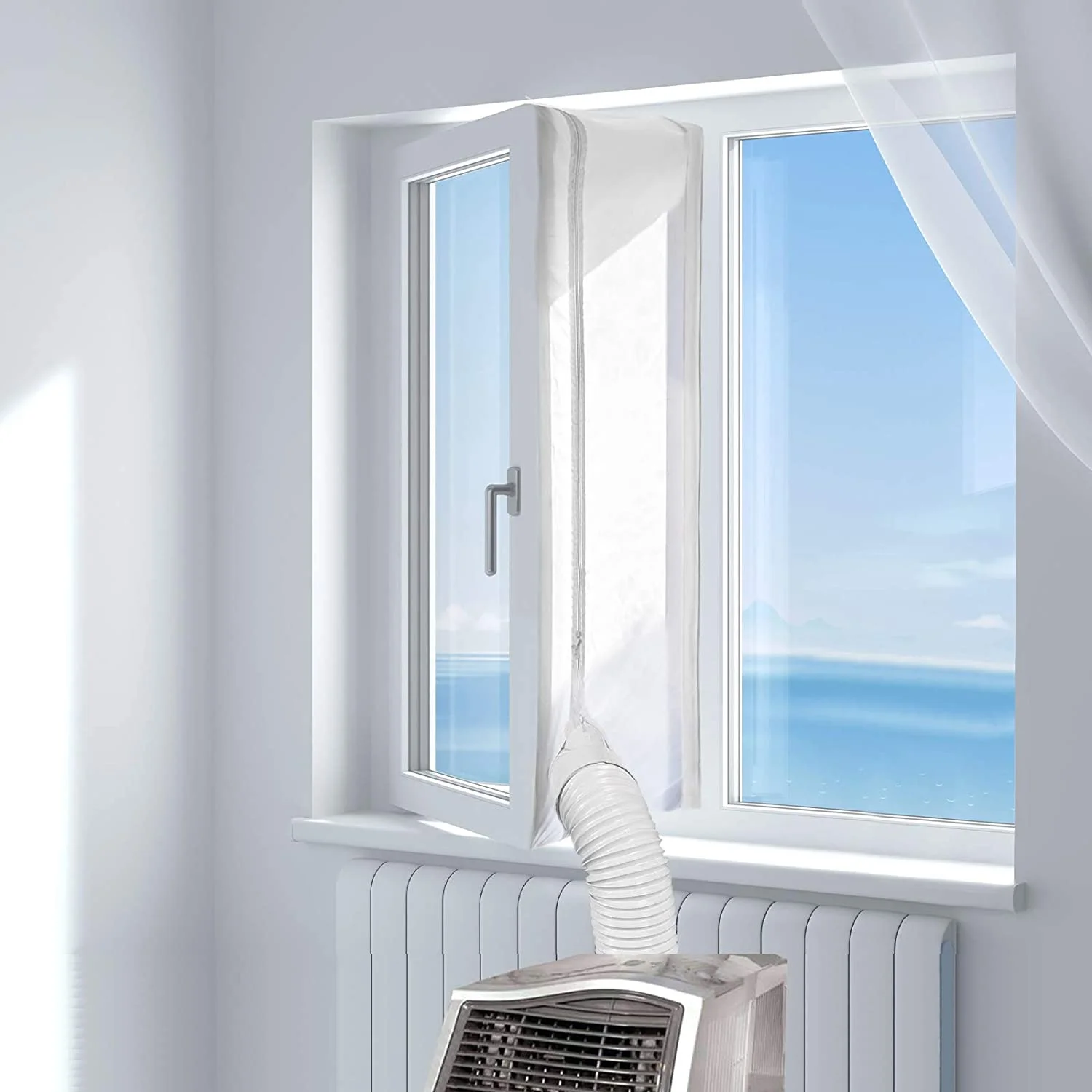Understanding Casement Window Air Conditioners

Installing a casement window air conditioner can be a straightforward process if you follow the right steps. These units are specifically designed for windows that slide open horizontally or crank out, providing an efficient cooling solution for homes with such window designs. This guide will walk you through the process to ensure a successful and safe installation.
Benefits of a Casement Window Air Conditioner
Efficient Cooling
Casement window air conditioners are ideal for narrow windows and provide efficient cooling for various room sizes. They are designed to fit snugly in vertical openings, making them an excellent choice for specific window types.
Considerations Before Installation
Before starting, measure your window accurately to ensure your air conditioner will fit. It is also important to understand the cooling capacity required for your room, which is typically measured in BTUs (British Thermal Units).
Preparing for Installation

Gathering Necessary Tools and Materials
Before you begin, make sure you have the following tools and materials:
- Screwdrivers (both flathead and Phillips)
- Measuring tape
- Level
- Screws and mounting brackets (included with the air conditioner)
- Weatherstripping
- Power drill
Measuring Your Window
Accurate measurements are crucial. Measure the height and width of your window opening to ensure the air conditioner will fit properly. Note these dimensions carefully.
Step-by-Step Installation Process
Step 1: Unbox and Inspect the Unit
Carefully unbox the casement window air conditioner and inspect it for any damage or missing parts. Familiarize yourself with the unit and its components.
Step 2: Prepare the Window
Remove the Window Screen
Remove the window screen to provide a clear installation area. This will ensure nothing obstructs the placement of the air conditioner.
Apply Weatherstripping
Apply weatherstripping around the edges of the window frame to create a tight seal and prevent air leaks, which will help maintain energy efficiency.
Step 3: Install the Mounting Brackets
Position the Brackets
Place the mounting brackets on the window sill and align them according to the manufacturer’s instructions. These brackets will support the weight of the air conditioner.
Secure the Brackets
Using a power drill, secure the brackets to the window sill with the provided screws. Ensure the brackets are firmly attached and level.
Step 4: Install the Air Conditioner
Position the Unit
Carefully lift the air conditioner and place it on the mounting brackets. Ensure that the unit is centered and level within the window frame.
Secure the Unit
Once the unit is in position, secure it to the mounting brackets using the provided screws. Double-check that the unit is stable and not tilted.
Step 5: Seal the Window
Close the Window
Close the window sash or crank the window closed until it contacts the air conditioner unit. Ensure a tight seal by pressing the window firmly against the unit.
Fill Any Gaps
Use additional weatherstripping or foam padding to fill any gaps between the air conditioner and the window frame to prevent air leaks.
Step 6: Complete Electrical Connections
Plug in the Unit
Plug the air conditioner into a nearby electrical outlet. Ensure the outlet can handle the unit’s power requirements.
Safety Precautions
If an extension cord is needed, use one that is rated for the air conditioner’s power consumption. Avoid using undersized or damaged cords to prevent safety hazards.
Step 7: Test the Unit
Turn on the Air Conditioner
Turn on the air conditioner and set it to your desired temperature. Check for any unusual noises and ensure there are no air leaks around the window frame.
Monitor Performance
Monitor the unit for a few hours to ensure it operates correctly. Adjust settings as needed and make any final adjustments to the installation if required.
Important Considerations

What Size Air Conditioner Do I Need?
What size air conditioner do I need: Choosing the right size air conditioner is crucial for efficient cooling. The size of the air conditioner, measured in BTUs, should match the size of the room. For example, a small room may require a unit with 5,000-6,000 BTUs, while larger rooms may need units with 10,000 BTUs or more. Proper sizing ensures effective cooling and energy efficiency.
Tips for Optimal Performance
Regular Maintenance
Perform regular maintenance to keep your air conditioner running efficiently. This includes cleaning filters, checking for blockages, and inspecting the unit for wear and tear.
Energy Efficiency
To enhance energy efficiency, consider using a programmable thermostat. Ensure the room is well-insulated to reduce the unit’s workload. Eco-friendly air conditioners are also available, designed to consume less energy and reduce environmental impact.
Understanding SEER Ratings
What is SEER in Air Conditioning?
SEER (Seasonal Energy Efficiency Ratio) measures the cooling efficiency of an air conditioner. A higher SEER rating indicates greater efficiency. When choosing an air conditioner, consider the SEER rating to ensure you select an energy-efficient model.
Conclusion
Installing a casement window air conditioner is a manageable task with the right preparation and attention to detail. By following this step-by-step guide, you can ensure a successful installation and enjoy a well-cooled home. Whether you’re installing a window vertical air conditioner or an eco-friendly model, these steps will help you achieve optimal results. Remember to maintain your unit regularly and consider energy-efficient options to enhance performance and reduce energy consumption.
